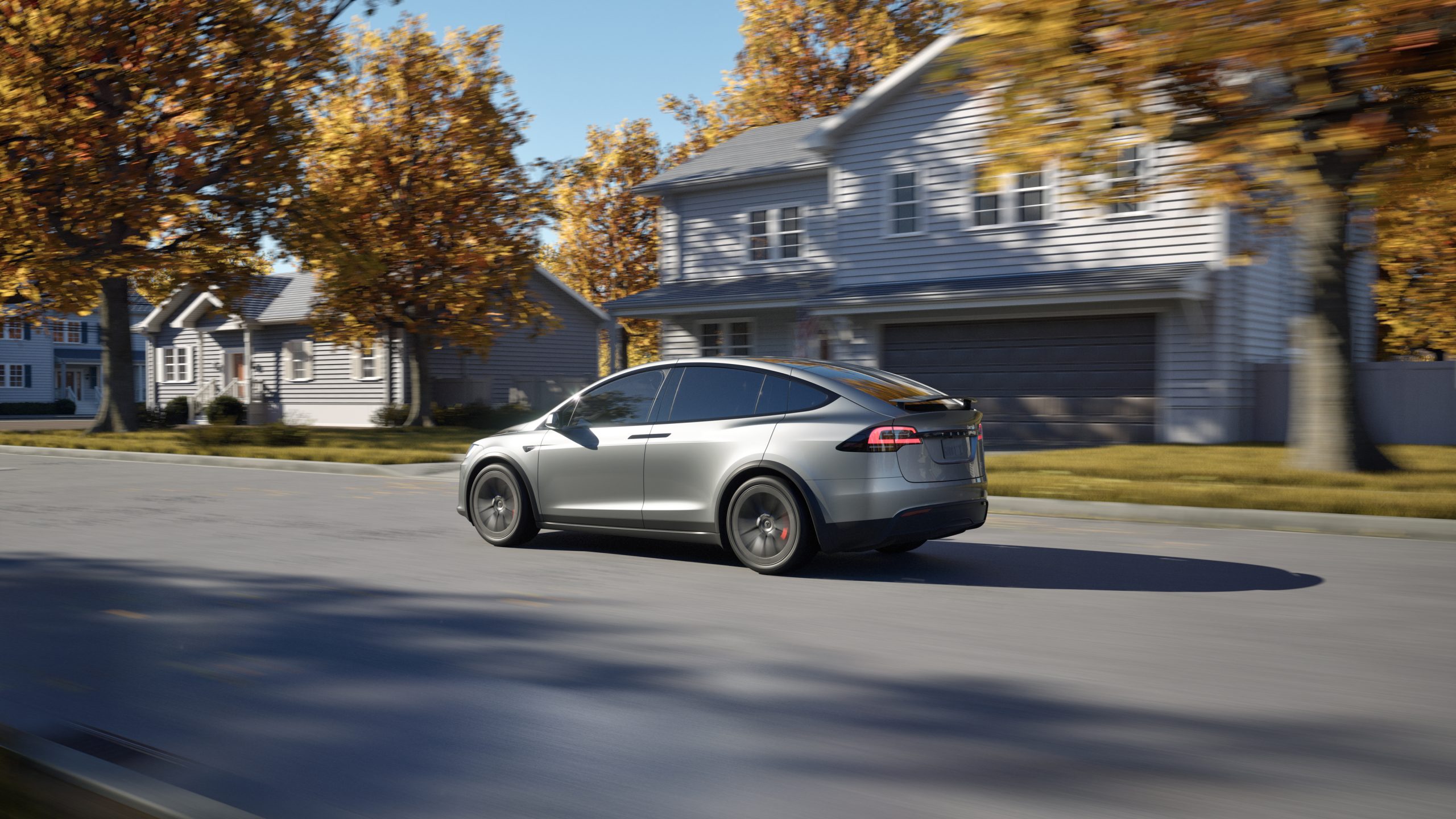
By: Otaiba Ahsan
Whether you were an early adopter of Tesla or just got one recently, it’s likely you’ve been asked, or in some cases challenged, by others about your ownership experience. While the answers have become common knowledge for you, most people are still trying to understand what electric vehicle (EV) ownership entails. Be prepared the next time someone springs a question on you. Continue reading to learn about common misconceptions of Tesla ownership.
Myth 1 – Charging Takes Too Long
One thing I’ve heard is how it’s impractical to take a Tesla on long drives because charging takes so much time. However, according to Tesla, you can re-fuel up to 200 mi of range in just 15 minutes when using a Level 3 Supercharger. From my personal experience road-tripping with a Tesla, these 15-to-20-minute stops are great for stretching your legs, and grabbing something to eat. Of course, if you’re charging at home, it will be much slower. However, for most, this isn’t an issue as they charge overnight.
NOTE: Unsure what to do at a Tesla Supercharger? See our guide on how to charge your Tesla at a Supercharger for complete steps.
Myth 2 – EV Batteries Wear Out Quickly and are Expensive to Replace
Yes, it’s true that car batteries are expensive to replace. However, Tesla batteries are designed to last between 300,000 mi to 500,000 mi, or 1,500 charge cycles. In comparison, the average engine for a gas car can last between 200,000 mi to 300,000 mi when maintained correctly. Therefore, Tesla batteries are meant to last much longer than their gas vehicle counterparts.
NOTE: Tesla also offers a warranty on the battery and drive train unit for both new and used vehicles.
Myth 3 – Tesla’s are Unreliable
Like any new car manufacturer, Tesla had its fair share of quality-related struggles when it first launched. However, the EV-maker has since improved tremendously. In fact, because Tesla’s only have 17 to 18 moving parts in their powertrain, compared to 200+ in a standard gas car, some consider them to be more reliable.
DID YOU KNOW: Tesla’s do not require as much maintenance as internal combustion engine (ICE) vehicles. See our guide on what maintenance is required for your Tesla.
Myth 4 – You Can Only Repair Your Car from Tesla
While many owners prefer to get their vehicle repaired or serviced from Tesla directly, it’s not the only option. Many owners have begun purchasing aftermarket parts and getting their car serviced from local mechanics instead. These are made to fit exactly the same way as OEM parts, but are manufactured by third-party companies. This is often a more cost-effective choice for owners.
TIP: If you’re looking to buy aftermarket, your best bet may be the Tesloid Aftermarket Parts Store. Currently, parts are available for select years of the Tesla Model 3 and Y, with parts for the Model S and X coming soon. These include parts for the body, closure components, electrical, suspension, and more! These can be delivered directly to you or your mechanic, who can then repair the vehicle.
The Bottom Line
That concludes the list of some common misconceptions of Tesla ownership. There’s a lot of misinformation regarding Tesla that you often hear, like how they’re unreliable, or that you’ll need to replace the battery multiple times throughout ownership. However, these are simply not true, and hopefully you’ll be better prepared to educate others next time you hear these myths.
